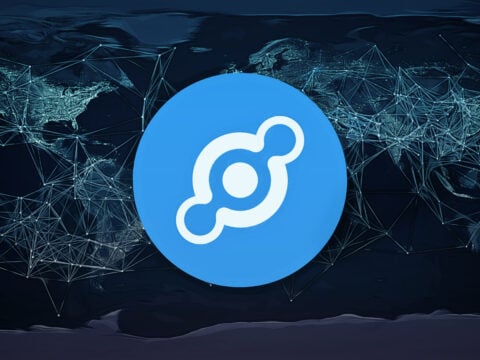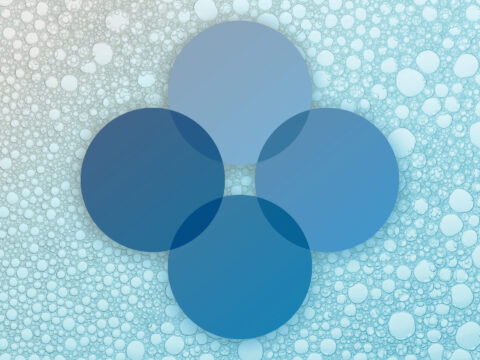
What is Avalanche?
Avalanche (AVAX) is a decentralized application network that operates similarly to Polkadot. The technology allows developers to deploy blockchains that meet certain requirements and can interoperate with other blockchains to create a comprehensive ecosystem.
What is the AVAX Token?
AVAX is the network’s native token. It has a hard cap and is a scarce asset because it is destroyed when used.
The total amount of Avalanche is 720 million tokens. The Genesis block generates 50% of them, and the other 50% is generated according to the platform’s formula.
Platforms built on Avalanche can easily create powerful, reliable, and secure applications and custom blockchain networks with complex rule sets or build on existing private or public subnets.
Avalanche is a star public chain in the industry, having closed a $6 million Series A of funding in February 2019. The main team of the project consists of an academic group from Cornell University.
On September 22, 2020, the Avalanche (AVAX) token went live, with continued work on Avalanche protocol performance mining and security enhancements. Currently, the Avalanche protocol team is still biased toward technology development.
What is the Purpose of Avalanche (AVAX)?
The current financial system is not built for the general public. Still, it prioritizes a select group of elite bankers and institutions – a form of power concentration in the hands of a few people.
With the development of blockchain technology, Avalanche (AVAX) aims to create the opportunity to build a new financial internet for the general public.
Avalanche (AVAX) was established to serve the financial market.
It has native support to easily create and trade digital smart assets through complex custom rule sets that define how to process and trade assets. Assets can represent financial instruments, such as stocks, bonds, debt, real estate, or other valuable securities.
Avalanche Transactions Per Second
With the new design, Avalanche (AVAX) is able to achieve thousands of transactions per second, or several thousand TPS, without fragmentation.
One of its most powerful parts is that the delay in the protocol is minimal, which is on the order of 1.35 seconds per transaction, so it does not feel particularly slow to use.
The overall goal of Avalanche is to provide a unified platform for the creation, transfer, and trading of digital assets. The core benefits of the network are scalability and decentralization.
Avalanche (AVAX) balances the economic interests of investors, developers, network users, and stacking miners. Its avalanche protocol solves the problem of weak scalability, robustness, high latency, and low throughput.
How Does Avalanche (AVAX) Work?
Avalanche (AVAX) is based on voting and does not require mining through arithmetic. It all looks like a communication process, with group messaging.
The AVAX tokens, with a total of 720 million tokens, of which 360 million were available at the mainnet launch. The tokens’ biggest role is to secure the underlying system, practice on-chain governance, and facilitate cross-chain communication.
What Is Avalanche Concensose Mechanism?
Avalanche (AVAX) uses a PoS mechanism to determine the validators for the network.
Investors can decide to increase or decrease the return rate by pledging rewards, airdrops, etc… through on-chain governance voting. The validators in the PoS mechanism are distributed based on the number of tokens pledged and the length of time.
In addition, AVAX tokens also act as a cross-chain settlement layer to support cross-chain atomic exchanges with other subnets on the Avalanche platform.
Due to the specificity of the mechanism, the Avalanche protocol and similar protocols can scale to a large number of nodes rapidly and involve every node in the validation process in the network.
In case of system problems, only the dissenting nodes need to be excluded, and the presence of a committee of validators is not required, which also reduces the risk of centralized corruption.
Avalanche (AVAX) uses a three-layer network structure to separate the execution environment from the chain and provides support for scalability, modularity, and composability from a design perspective.





